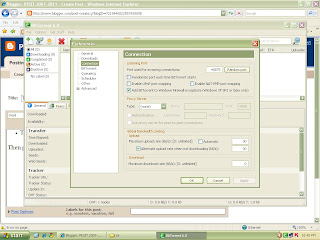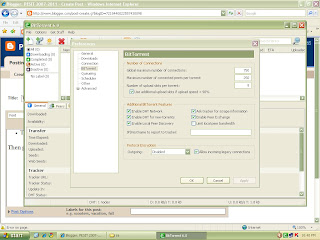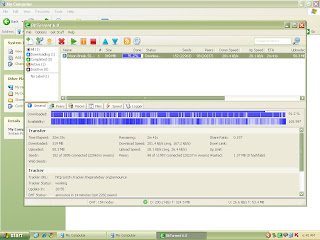Everyone want's traffic.You set up a blog with great content but,no one is visiting your blog,so what's the use of it?
So,here is a list of ways to get traffic to your blog.
1.
SEARCH ENGINE:- Search engine brings lots of traffic to your blog.There are many people who search in Google, Yahoo daily.So,if your blog has many good posts and is well indexed by google,etc..you will get a good amount of traffic via search engines.
- There are a few steps to look at if you want a decent amount of traffic from the search engines like "submitting your blog sitemap to google" to index you blog pages very quickly and regularly.
- And the other important thing is adding metatags to your blog.If you follow these two simple steps,then you will get a decent traffic.
2.
Submitting to Blog Directories:- You may know this before,submitting your blog to blog directories will bring you a good traffic..
- Most of these blog directories ask you to register before you submit your blog.
Here is a list of blog directories
- Technorati
- Blogtoplist
- Topblogging.com
- Blogcatalog
- Myblogdirectory
etc........
3.
Participate in forums:- Just go to google and enter your major keyword + forum or keyword+group and search.Suppose,your blog is about trekking,then search 'trekking forum'.You will find some forums,groups related to your site.
- Register in the forums and post articles,etc with a link back to your blog.
- Answer questions,clarify doubts and provide a link to your blog.
4.
Social Bookmarking:Social Bookmarking is another way to build good traffic to your website/blog.If you don't know what Social Bookmarking just google it.
In Brief...
Social Bookmarking is a practise of saving Bookmarks,tagging the posts with keywords in a website.
Bookmarking means saving a specific website url(address) in your browser that you wish to visit later.There are so many Social Bookmarking sites like
del.icio.us,
digg,
furl,
technorati.
One good thing about these Social bookmarking sites is,you will get instant traffic.Just register with them,store your bookmarks,tags,.. and you are done,See your site meter blasting with traffic.
5.
Submit Articles to Article Directories:Submitting articles to article directories is another effective way to build more traffic.By submitting to them,your articles get massive exposure and gain you more traffic.Some of the popular article directories are
- goarticles.com
- ezinearticles.com
- articlecity.com
There are hundreds of article directories,just google it.
6 .
Leaving Comments on other blogs:- Leave comments with a link of your blog .
- Leaving comments in the related blogs is more useful and it also increases your pagerank.Always leave good comments.
- While writing comments, dont use words like great blog etc.....
- Use Keywords and a small description of your blog
For more details on how to increase your traffic see this video
http://in.youtube.com/watch?v=Vsj7JkxvqGc&feature=related


























